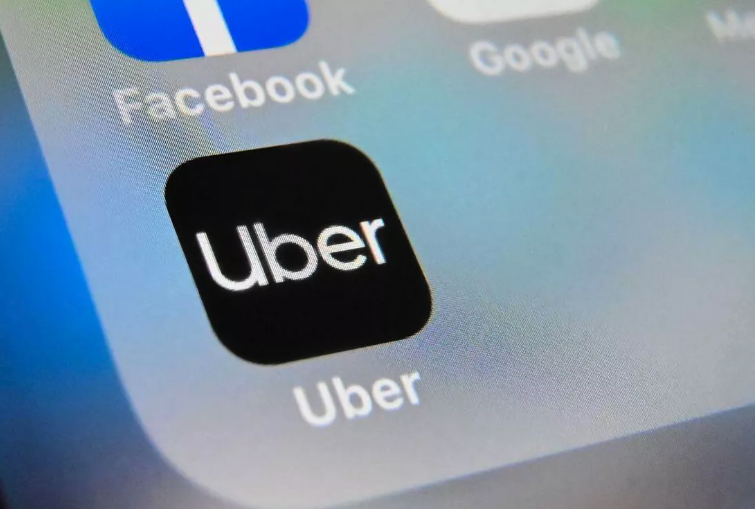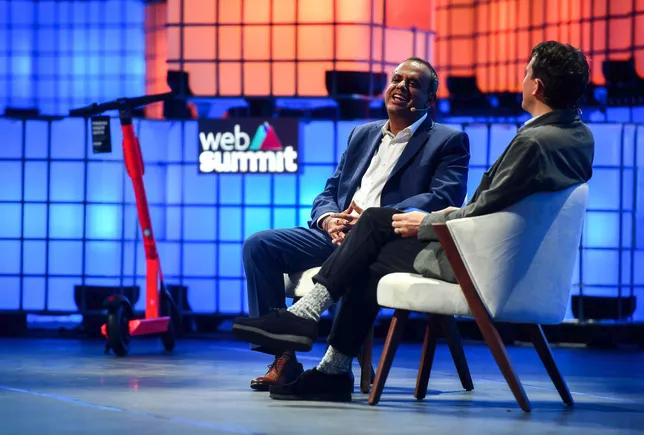Uber wants to run your daily life from one super app – CNET

|
Getting your Trinity Audio player ready...
|
SOURCE: Katie Collins | CNET
Can Uber be the one app to rule them all? With ambitions to bring ride-hailing, bike and scooter rental, food delivery and eventually groceries under one roof, it certainly hopes so.
“We really want to be the operating system for everyday life,” said the company’s chief product officer, Manik Gupta, speaking at Web Summit in Lisbon on Tuesday. “What that really means is being the one-stop shop for transportation and daily commerce needs.”
We really want to be the operating system for everyday life.
Since launching its black-car service 10 years ago, Uber has expanded to provide ride-hailing services across multiple categories and launched Uber Eats, a takeout service that delivers food from restaurants to your home. More recently the company began to experiment with micromobility, introducing its Jump bikes and scooters first in the US and now across Europe (Gupta said 200 Jump scooters would be available in Lisbon for the first time on Tuesday). But over the past few months, it’s clear that it’s not content to stop there.
In October, Uber introduced a boat service in the Nigerian capital, Lagos, and acquired on-demand grocery delivery service Cornershop. Cornershop currently operates in several Latin American countries, but Gupta said Uber eventually intends to expand the service outside of the region. “We will absolutely launch groceries in many markets,” he said. Uber’s plans to launch flying cars in 2023 are also still going ahead, he added.

Uber’s intention to make all its services available from a single app became readily apparent in September as it changed up its design for the first time in three years. Instead of opening the app to find a map, you now see two buttons that let you choose between rides or eats.
The exact design of the app and the services that are available will differ region to region in order to serve local markets, Gupta is keen to stress, but ultimately the intention is for Uber to have a single home on your phone.
If we can make a holistic experience in our app we feel we will be solving an unmet consumer need.
“We are seeing all these signals where if we can make a holistic experience in our app … we feel we will be solving an unmet consumer need,” he said.
Gupta rejects the label “super app,” but to all intents and purposes, that’s what Uber is trying to achieve here, similar to China’s WeChat. Ostensibly WeChat is a messaging app similar to WhatsApp, but its list of features is long. Within the app you can also order a taxi, order food from a restaurant, pay for meals, check cinema times and book tickets. Uber’s not quite there yet, but along with Facebook, it’s making moves in this direction.
Another feature that’s strongly suggestive of Uber’s ambitions to be your single go-to is its decision a year ago to start including public transit options within its own app (that’s currently in 10 cities, with five more to be added by the end of the year). It might seem counterintuitive to its central business strategy of encouraging you to pay to ride using its services, but this move is in fact Uber’s attempt to further build your reliance and loyalty. “If you provide users the right choice at the right time, they will use you based on their affinity for the product,” said Gupta.
As Uber navigates this journey to super app status, it still faces hurdles. First up there’s safety, where there’s still room for improvement though CEO Dara Khosrowshahi has made it a priority since he took over the company in 2017. Then there’s life as a public company, which six months in is off to a shaky start, as indicated by rounds of layoffs and a dip in stock value, according to financial results posted Monday.
If you provide users the right choice at the right time, they will use you based on their affinity for the product.
Gupta reiterated on Tuesday Khosrowshahi’s assertion that the company is on track to become profitable on 2021. Key to the next phase of Uber’s success will be ensuring that it can use technology to make its service more efficient (automating customer service, for example) but also making Uber’s app a key destination on your home screen.
For Gupta, whose entire job is to make Uber as a product better and more compelling, it’s this question that’s on his mind. “How do we build the long term user retention, long term user engagement, because we have more to offer in a seamless way?” he said.


